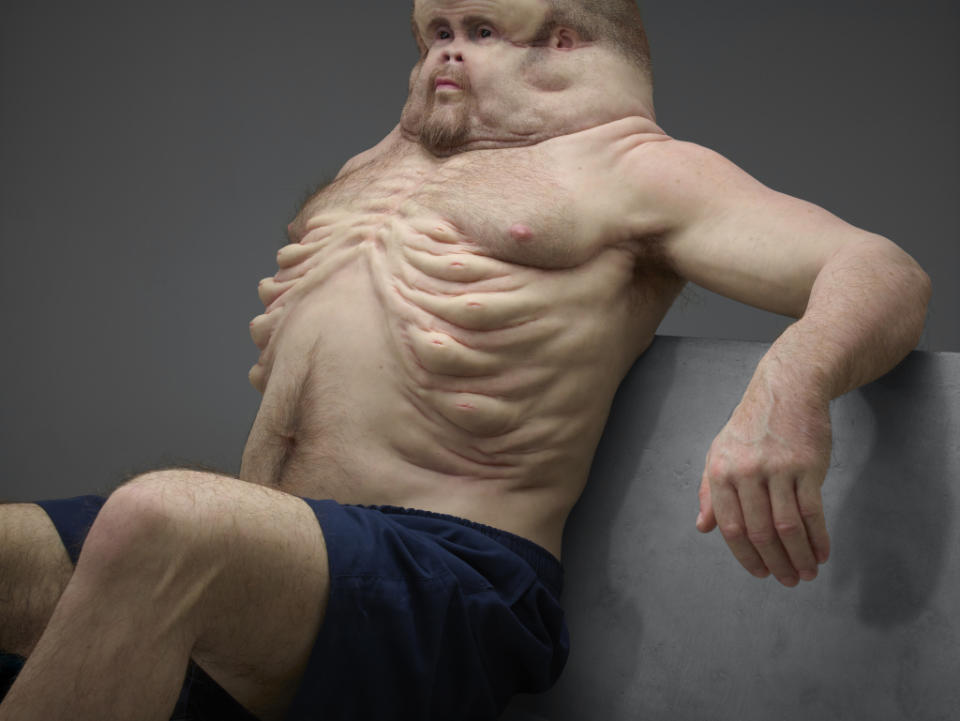Here’s the Only Human Designed to Survive a Car Crash
Traditional road safety campaigns--replete with the predictable grim statistics, ominous warnings and maybe even a grisly photo splashed on a billboard--can get lost in the noise.
But it’s hard to ignore Graham, a disquieting visual representation of how a human would have to evolve to survive a car crash. The Transport Accident Commission, a government organization in the Australian state of Victoria, worked with a trauma surgeon, a crash investigation expert, and an artist to develop the lifelike sculpture known as Graham. The interactive installation is on display at the State Library of Victoria until August 8, and will then go on a roadshow. Anyone can interact with Graham online.

Project Graham aims to highlight how susceptible the human body is to the forces involved in transport accidents. It’s also part of a larger effort called Towards Zero, an initiative that aims to reduce, and eventually eliminate, deaths and serious injuries from auto accidents. Towards Zero is a partnership between the Transport Accident Commission, VicRoads, Victoria Police, the Department of Justice and Regulation and the Department of Health and Human Services.
Instead of trying to tackle human behavior through public service announcements that push for safe driving habits, Towards Zero endorses changes to the road system itself. The collaborative government-backed group has launched a $1.1 billion plan to make roads safer in an effort to reduce deaths in the state of Victoria by 20% and 15% in serious injuries in five years.
“Cars have evolved a lot faster than humans and Graham helps us understand why we need to improve every aspect of our roads system to protect ourselves from our own mistakes,” TAC chief executive officer Joe Calafiore said.
Get Data Sheet, Fortune's technology newsletter.
Studies have shown that the human body can only cope with impacts at speeds people can reach on their own, unassisted by vehicles, according to TAC. For a human to be able to survive a low impact crash he or she would need to evolve.
For instance, Graham's skull is almost helmet like. It’s large size, and built-in crumble zones, allow it to absorb any impact forces. His face is flat and has a lot of fatty tissues to protect the delicate bones humans have. And he has no neck, a feature that restricts his mobility (if he were alive) but eliminates a key vulnerability. The ribs extend up to reach his skull, which fortifies his neck with a brace like structure that protects his head from injury. Graham has airbags in between each rib and his knees bend in all directions.
"Graham is an educational tool that will serve the community for years to come as a reminder of why we need to develop a safer road system that will protect us when things go wrong," Calafiore said.

 Yahoo Finance
Yahoo Finance 